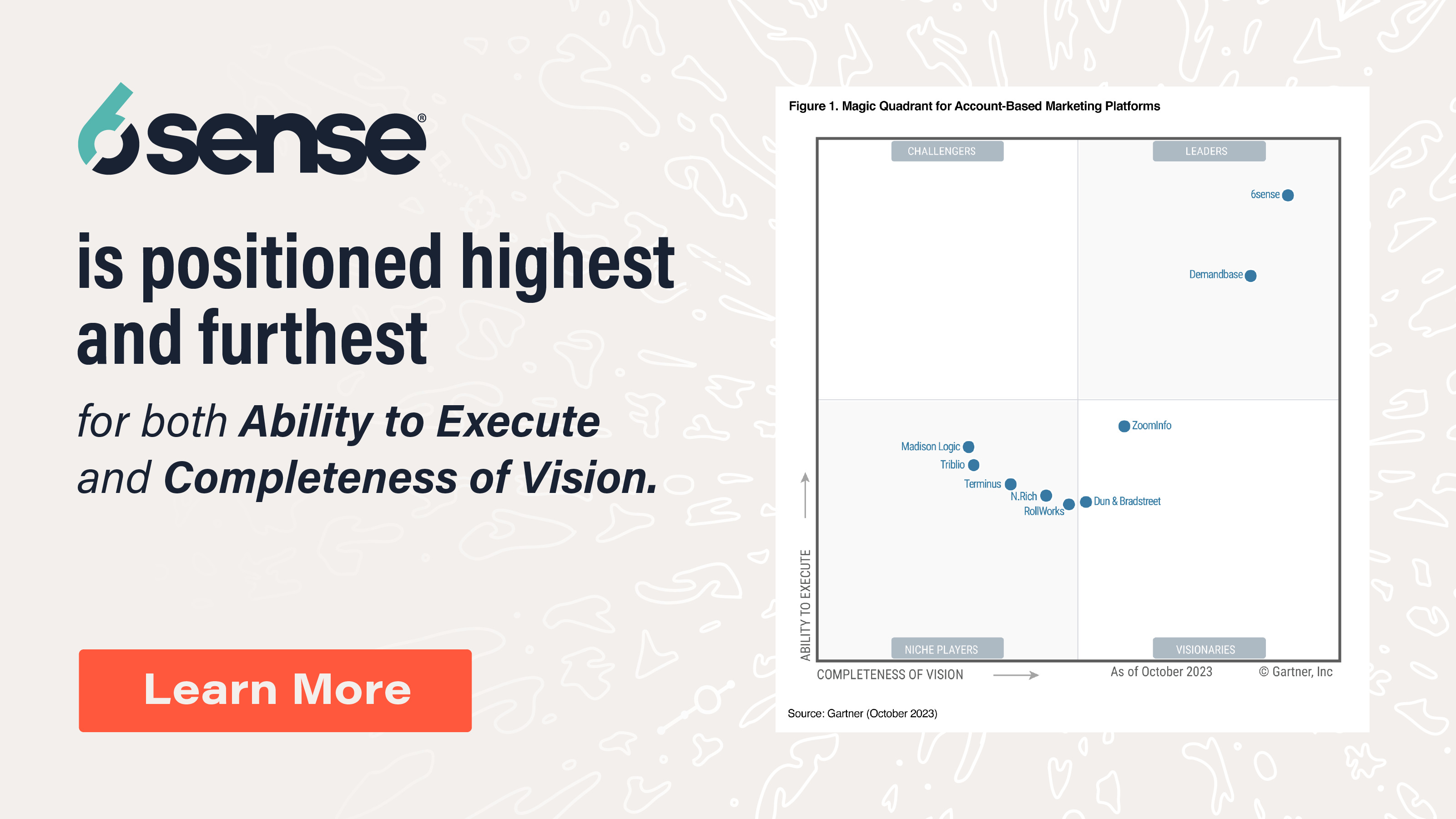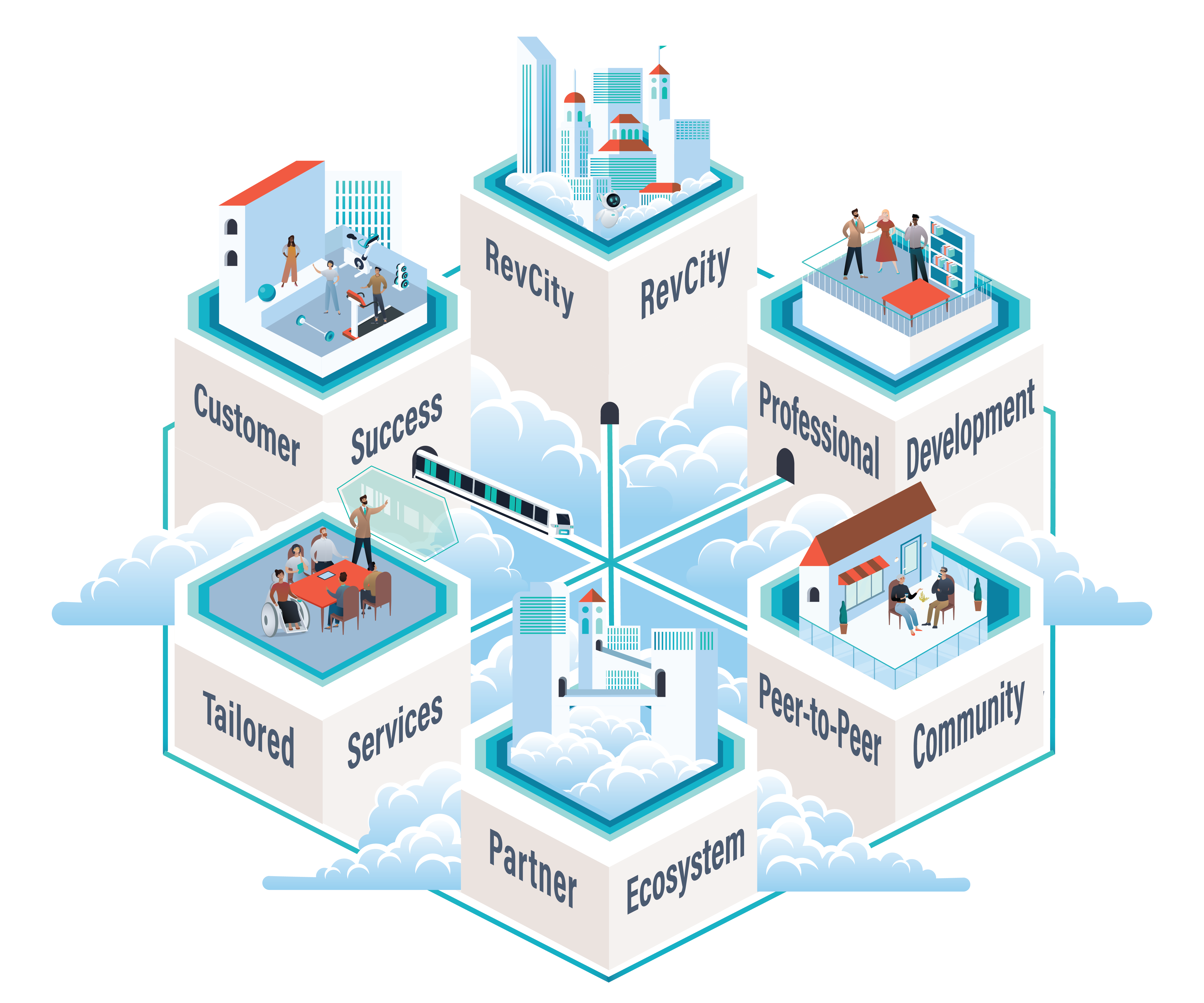It’s always the early bird that gets the worm. In the world of sales, that means knowing how to identify purchase intent and how to act on it quickly. Sales teams need to be able to spot purchase intent to seize opportunities and win deals.
What is Purchase Intent in Sales?
In its simplest form, purchase intent is a buyer’s readiness to purchase a product or service at any given moment. To identify purchase intent and win over customers, you need to understand their journey, as well as the different types of purchase intent.
The two main types of B2B purchase intent are active and passive intent.
Active intent is when buyers are actively searching for a product or have a need for it. This includes informational intent, which is when the buyer has low knowledge of a product and is looking for more information. It also includes navigational intent, which is when the buyer is seeking help navigating towards making the right purchase decision.
Passive intent, on the other hand, is when buyers aren’t actively searching for a product, but may still be interested in it.
How Can You Identify Purchase Intent?
To successfully identify and act on purchase intent, sales teams need to track the purchase intent indicators of customers. There are a variety of signals that can show a change in a buyer’s intent. These include researching the product or service, visiting competitor websites, engaging with content, and submitting contact forms on the company website.
Sales teams should also take advantage of purchase intent data to help them uncover third-party buying signals at the keyword or topic level. This data can help sales teams understand what buyers are looking for, what their needs are, and when the best time to engage them is. It can also help teams create personalized emails and target buyers with display, video, retargeting, and social ad campaigns.
Finally, sales teams should leverage predictive analytics to make sure they are engaging with buyers at the right time. AI-driven buying stage predictions can help teams align with buyers and create effective orchestration and workflow strategies.
By understanding purchase intent and tracking purchase intent indicators, sales teams can make sure they are engaging with buyers at the right time and place. This will help teams win more deals and maximize revenue.






